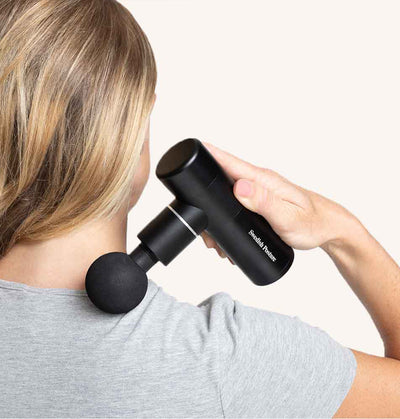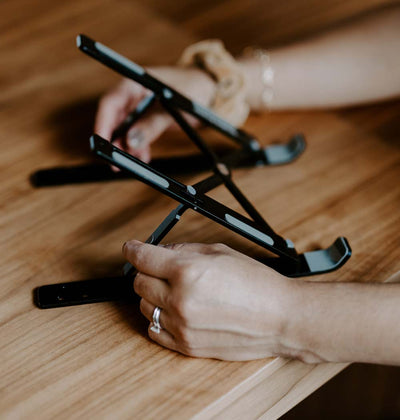Mouse arm syndrome, also known as tennis elbow or lateral epicondylitis, is a painful injury that occurs due to overuse of the muscles and tendons in the forearm and wrist. Mouse arm is a common injury among athletes and individuals who perform repetitive movements in the arm and hand, such as computer workers, musicians, and craftsmen.
Symptoms of mouse arm include pain and tenderness on the outside of the elbow, weakness in the wrist and hand, and difficulty gripping and lifting objects. The pain can be intense and may radiate from the elbow to the forearm and wrist.
Mouse arm is caused by overuse of the muscles and tendons in the forearm and wrist. It can occur due to repetitive motion, such as lifting heavy objects, twisting, shooting or hitting, or by playing sports such as tennis or golf. Mouse arm can also be caused by poor posture or an injury to the arm or hand.
Treatment for mouse arm typically includes rest from activities that cause pain and the use of ice to reduce swelling and pain. In more severe cases, doctors may recommend physical therapy, such as stretching and strength training, to improve mobility and strength in the arm and hand.
Doctors may also recommend the use of a brace or elbow pad to protect the arm and reduce stress on the muscles and tendons in the forearm and wrist. In some cases, doctors may prescribe anti-inflammatory medications or cortisone injections to reduce inflammation and relieve pain.
To prevent mouse arm, it is important to avoid overuse of the arm and hand, and to take breaks during activities that involve repetitive movements. It is also important to have proper posture and technique when performing tasks that involve lifting or carrying heavy objects or performing other repetitive movements.
In summary, mouse arm is a painful condition that can affect the arm due to overuse and repetitive motion of the muscles and tendons in the elbow and forearm. Symptoms include pain, weakness, and stiffness in the arm. Treatment includes rest from activities that cause pain, the use of ice or heat treatments, pain relievers, and physical therapy. Individuals with more severe cases may require steroid injections or surgery. It is important to take breaks and use proper technique and ergonomics during work or activities to reduce the risk of mouse arm.








